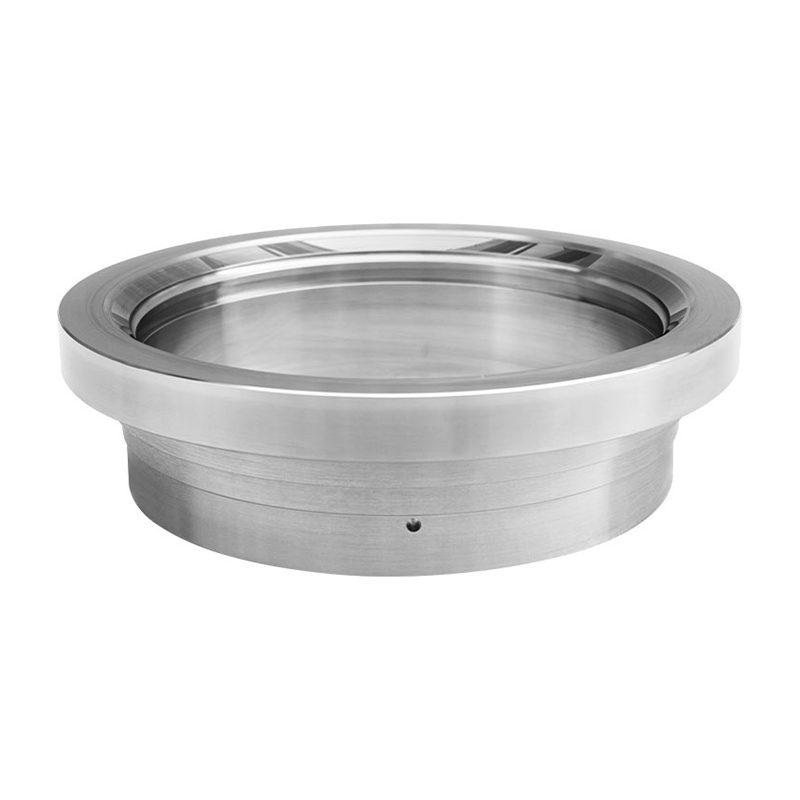In industrial systems, safety is a fundamental concern that demands continuous attention and improvement. One critical factor influencing system safety is the selection and use of reliable ball valve components. These components play a crucial role in controlling fluid flow, preventing leaks, and ensuring the integrity of pipelines in various industrial applications. Specifically, the use of chemical ball valves and reducing ball valves offers effective solutions for managing complex processes while maintaining safety standards.

Ball valves are widely used in industrial systems due to their simple design, ease of operation, and durability. They function by rotating a ball with a hole through its center to either allow or block the flow of liquids and gases. However, not all ball valves are suited for every application. Industrial environments often present challenges such as high pressure, corrosive chemicals, and bad temperatures. Therefore, choosing the right type of ball valve component is essential to reduce risks and maintain system safety.
Chemical Ball Valve: Managing Corrosive Environments
Chemical ball valves are specifically designed to withstand aggressive media found in chemical processing plants, refineries, and similar industrial sectors. These valves are typically constructed from corrosion-resistant materials such as stainless steel, Hastelloy, or special alloys, which provide durability against chemical attacks.
The safety benefits of chemical ball valves stem from their ability to provide reliable sealing and prevent leakage of hazardous substances. Leaks in chemical processing systems can advance to dangerous exposure, environmental contamination, and costly shutdowns. Chemical ball valves incorporate precise sealing mechanisms and robust body construction to lessen the risk of leaks, ensuring that toxic or flammable fluids remain contained within the system.
In addition, chemical ball valves often feature designs that allow for easy maintenance and inspection without requiring complete system shutdown. This capability helps reduce downtime and enhances operational safety by allowing regular checks on valve integrity. Selecting chemical ball valves that meet industry standards and testing requirements contributes to safer industrial operations, especially in environments where safety regulations are stringent.
Reducing Ball Valve: Adapting to System Requirements
Another important component in industrial fluid control is the reducing ball valve. This type of valve is used when there is a need to connect pipelines of different diameters while maintaining smooth flow control. By reducing the valve size within the same assembly, the reducing ball valve simplifies piping design and helps regulate pressure changes between different sections of a system.
The reducing ball valve contributes to system safety by less turbulence and pressure drops that can occur at transitions between different pipe sizes. Excessive turbulence or pressure fluctuations can cause mechanical stress and fatigue in pipelines, pilot to failures or leaks. Using a reducing ball valve helps maintain stable flow conditions and protects the system against potential damage.
In many industrial setups, reducing ball valves are combined with pressure control and monitoring devices. This integration enhances system reliability by ensuring that flow rates and pressures remain within safe operating limits. Moreover, reducing ball valves can be manufactured from materials suitable for harsh environments, including corrosive fluids or high temperatures, which makes them versatile components in chemical, petrochemical, and power generation industries.
Importance of Quality and Design in Safety
While chemical ball valves and reducing ball valves provide functional advantages, their contribution to safety depends heavily on quality and design considerations. Precision machining, proper material selection, and rigorous testing protocols ensure that valve components perform reliably under specified conditions.
Valves that do not meet design specifications can suffer from premature wear, poor sealing, or mechanical failure, increasing the risk of accidents. For instance, a valve seat that degrades quickly under chemical exposure may advance to leaks, while an improperly sized reducing ball valve might cause unexpected pressure surges.
To enhance safety, industrial operators are advised to collaborate closely with manufacturers and suppliers to verify valve specifications, certifications, and performance records. It is equally important to conduct regular maintenance and inspection schedules to detect early signs of valve wear or malfunction.
Enhancing safety in industrial systems is a multifaceted challenge that requires attention to every component involved in fluid control. Reliable ball valve components, particularly chemical ball valves and reducing ball valves, play an essential role in maintaining system integrity, preventing leaks, and controlling flow efficiently.
By selecting valve components tailored to specific industrial needs and ensuring their quality and proper maintenance, companies can reduce risks associated with hazardous materials and complex fluid systems. This approach supports safer operational environments, protects personnel and assets, and promotes sustainable industrial practices.